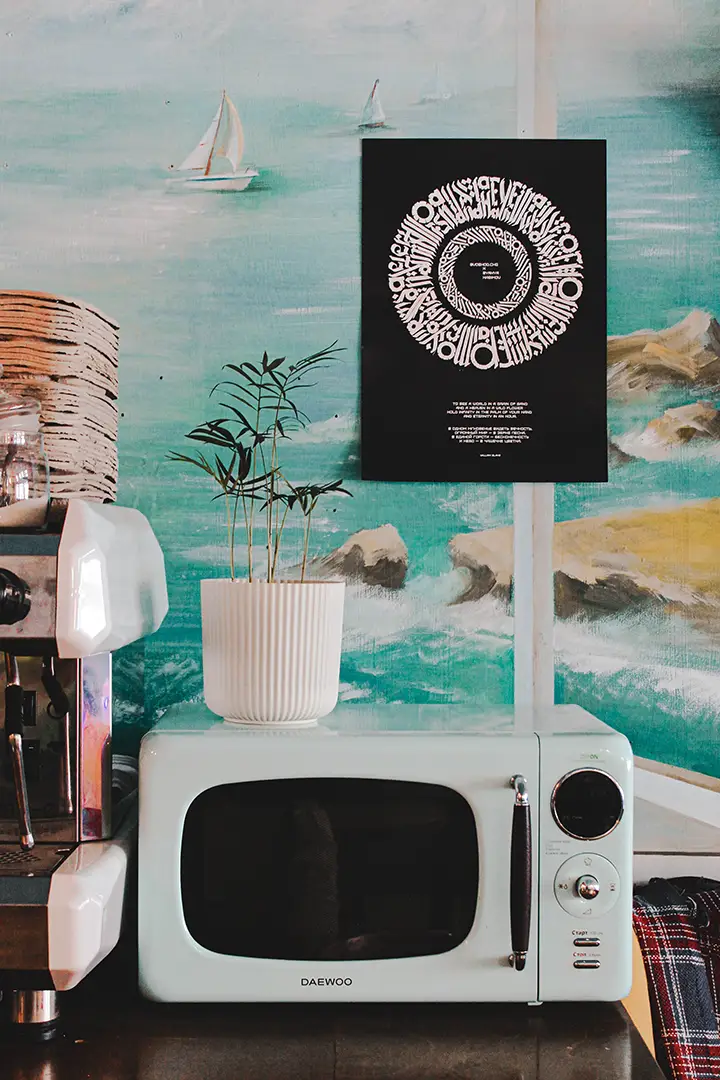If you’re installing a new oven in your New Zealand home, you need to be aware of the differences between plug-in and wired oven installations. Depending on your specific situation, one option may be more suitable than the other.
Plug-in ovens are a great choice for those who want an easy, hassle-free installation. All you have to do is plug the appliance into an existing wall outlet, and it’s ready to use. This option is particularly popular in rented homes, as it’s easy to move when you move out. However, plug-in ovens can only handle so much power – they’re generally limited to 1600 watts or less – so they may not be suitable if you plan on using your oven regularly or need a lot of power for specific tasks.
Wired oven installations are more complex than plug-in ones; however, they can provide greater power and reliability. To install a wired oven properly, you need to hire an electrician who can connect the appliance directly to your home’s circuit breaker box. Wired ovens also require dedicated wiring from the circuit breaker box to the wall outlet where the appliance will be plugged in. This means that there will be no chance of overload when using higher wattage appliances like convection ovens or steamers – perfect for those who don’t want to worry about their appliances tripping circuits!
When choosing between plug-in and wired installations for your New Zealand home, consider how often you plan on using your appliance and what type of tasks it will be used for. If convenience is important but power isn’t a concern then go with a plug-in installation; however if reliability and power are priorities then opt for a wired installation instead!
